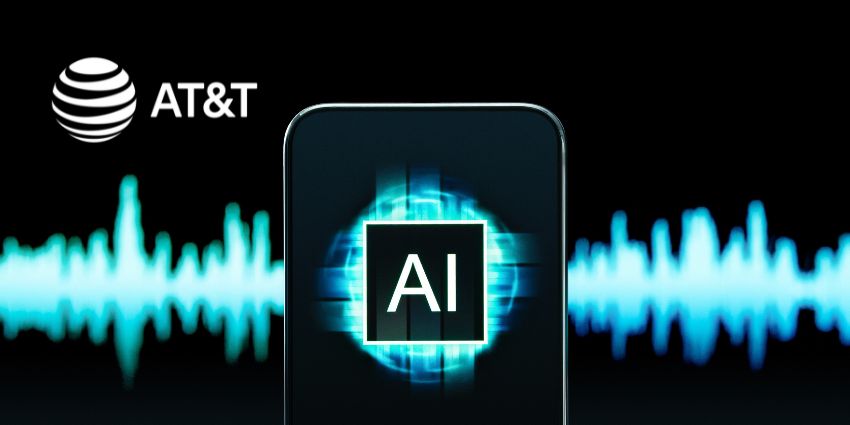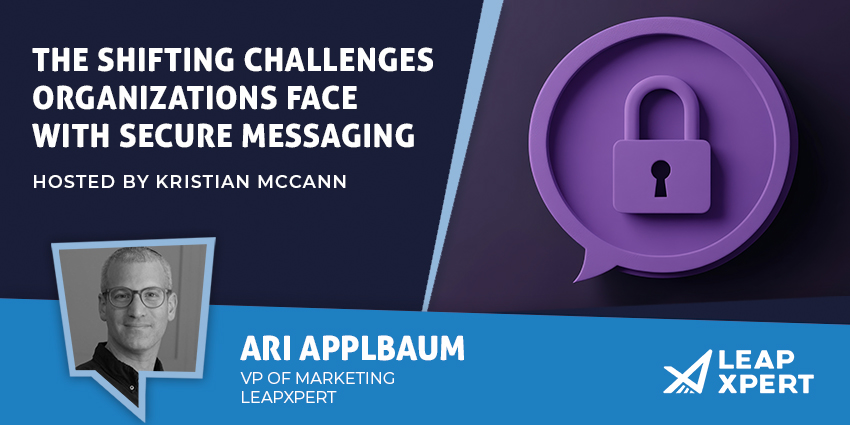As the communication landscape continues to evolve, there’s more for companies to consider than just whether they have access to the latest disruptive tools. As businesses begin to look into things like artificial intelligence, the Internet of Things, and more, they also need to think carefully about what they’re doing to keep their communications secure.
Today, the issue of toll fraud is on the rise, as criminals become more sophisticated in the software and solutions that they use. One of the companies leading the way in protecting organisations against this threat is Tollring, a market leader in data visualisation, business intelligence, and communication software. I caught up with the Senior VP of Strategic Alliances for Tollring, Carl Boraman, to see what I could learn about Tollring’s approach to Toll fraud.
How aware are End Customers of Toll Fraud?

Knowledge is power – particularly when it comes to security and privacy. However, as Carl points out, for the most part, the amount of education and support that end-customers can find about fraud is limited. Many companies simply have no access to the information that they need, and they don’t understand which tools they can use to protect themselves against growing threats.
Carl told me that resellers are still very nervous when it comes to addressing fraud with their customers, as it’s not a conversation that some people feel comfortable having. At the same time, resellers get very little information from the carrier that they can share with the end-user too.
“There are still a lot of service providers out there that are just focusing on setting a spending limit to protect against toll fraud. However, this isn’t enough for the industry.”
“There needs to be closer relationships between the carrier and reseller, and the reseller and the end customer. Only a few people are truly proactive when it comes to tackling this issue”
What is the role of Channel Partners in overcoming toll fraud?
I was interested to find out who in the industry Carl thought should take the lead when it comes to fraud protection.
Security needs to be addressed throughout the buying cycle, from the carrier to the reseller and the end customer. Although Carl noted that the end-customer can only play a limited role today, there are still steps to take. “End-users need to start putting telecoms security at the heart of their processes. This means issuing regular reminders to staff about using stronger passwords, changing PINs and voicemail, and more. However, this starts with a conversation with the reseller.
“Some carriers are already working with resellers to develop more advanced solutions as resellers are best placed to provide valuable feedback on irregular activity within their customer base. Forward-thinking resellers and proactive teams can discuss the issue of fraud more deeply and put the right protection in place.”
If the end-user understands how people can hack into their PBX, they can put more effort into making those lines more secure. There are relatively straightforward things that can be done to protect businesses and people from hackers. “It’s about staying vigilant with constant awareness – this is something everyone should be looking to address more fully, going forward.”
Where does Responsibility Lie?
One of the key issues is whether carriers are taking enough responsibility in the management of telecommunications fraud. Carl said that there are multiple routes to market for the carrier and selling through the wholesale channel is often the biggest problem because they don’t “own” the end customer. “It’s hard for carriers to implement the right tools in this environment through the channel. With a retail proposition where they own the customer, they can do more.”
According to Carl, carriers need to be very delicate in the way they approach toll fraud management; they need buy-in from resellers and channel partners too. Tollring can see that hackers are getting much smarter, using tools to connect with victims in advanced ways. It’s very difficult for people to protect fully against fraudsters these days.
However, carriers, alongside every other person in the buying cycle, also need to take some responsibility. As Carl noted, if you were a victim of toll fraud a year ago, the banks would blame you for sharing your information. “That’s changing, today there’s an expectation for banks to support their customers, and courts are ruling in favour of the end-user. There’s a growing responsibility that everyone needs to take on in this space.”
What options are available to tackle toll fraud?
Carl identified that there are many different kinds of fraud happening today. And one of the most significant issues for carriers and resellers is that there is a substantial delay in figuring out the details they need to determine if a call is legitimate. The process of evaluating a customer’s issue can take hours.
“We’re starting to bring this information into real-time events. Sharing the right information rapidly with both the channel partner and reseller means that the right decisions can be made faster”
As Carl told me, Tollring is shortening the timeframe involved with figuring out what’s happening in a call from hours to seconds. What’s more, the company is implementing APIs that allow them to step in and make intelligent decisions down to the user level too. This fixes the issue for the carrier side, but phase 2 is bringing the customer into the mix. “We want to let the customer get involved and decide what kind of calls they want to allow and what security systems to put in place.”
According to Carl, the route to success starts with the right conversation and making sure that everyone knows what role they have to play in fraud protection.







